Western Europe gets all the attention, but that means it also gets all the tourists. Here are some of my favorite old cities that I’ve visited on the other side of the continent, along with a few photos I took while there. Granted, a few of these places are now squarely on the backpacker circuit, but many remain underexplored. What they all share is an incredible, exhilarating sense of urbanism — old and new.
Eastern Europe itself is hard to define. Competing designations might include only the former Soviet states, or all the formerly communist European nations. Others might separate a limited Eastern Europe out from Central and Southeastern Europe. Here I will play fast and loose with the geographic boundaries: these are just cities somewhere vaguely toward the eastern side of the continent. Apologies to any readers whose country is usually considered a part of Central or Southern Europe.
First up: Mostar. A small city in the south of Bosnia and Herzegovina, Mostar is most famous for its medieval Ottoman center and its Old Bridge, or Stari Most:
Mostar’s narrow, cobbled streets and winding pedestrian pathways couple with its historic architecture to create fantastic viewing perspectives at all scales. The town and bridge were heavily damaged during the Bosnian War, but have since been carefully restored and rebuilt.
Northeast of Mostar lies the capital of Bosnia, Sarajevo:
Sarajevo was also heavily damaged during the war, when it weathered the longest siege of any capital city in the history of modern warfare. Cemeteries consume a grim amount of urban land, as you can see a bit in this photo from the grounds of the Yellow Fortress, and landmines still remain buried in the surrounding hills. There are also a few tattered, surreal reminders that the Olympics were once held in Sarajevo shortly before Yugoslavia disintegrated:
Sarajevo offers a fantastic combination of old and new: ancient Muslim residential quarters next to modern, growing business districts with gleaming towers. Southwest of Bosnia, along Croatia’s Dalmatian Coast, the old Adriatic port city of Dubrovnik offers more of the old and a bit less of the new:
Dubrovnik’s walled old town is a UNESCO world heritage site, the filming location for a certain TV series, and host to far too many tourists today. Walking along the city walls, one gets a good view into the fantastic urban form of the old town:
As a wealthy trading town constrained by these medieval city walls, Dubrovnik grew very dense over time with narrow lively streets, mid-rise buildings, and plazas teeming with life.
The city is well-preserved and full of historic architecture. This is true of cities across the Balkans, even large modern cities such as the Serbian capital, Belgrade:
Belgrade’s old town, or Stari Grad, features several well-planned boulevards with branching side streets lined with beautiful 19th century architecture. Look up and you will see some of the guts of modernity, but look left and right and you will feel like you are strolling through Le Marais. Outside of the old town, urban development succumbed to the all-too-common concrete block modernism associated with mid-century Soviet influence.
Formerly one of the most isolated nations on the planet, Albania doesn’t usually rank very highly on most people’s bucket lists, but it did on mine. Berat in particular became one of my favorite towns ever:
Located in the hills of south-central Albania, Berat’s historic center is one of the best-preserved medieval Ottoman towns in the world and is inscribed on the UNESCO world heritage list.
The old town is perched on steep slopes just below the Berat Castle and preserves old Eastern Orthodox Christian churches, Islamic mosques, medieval Ottoman architecture, and winding cobblestone footpaths.
The city is nicknamed the “Town of a Thousand Windows” due to the traditional large windows peering out from homes stacked up the side of the mountain.
To the northwest of Albania, along the coast of Montenegro, sits the Bay of Kotor:
Kotor’s old town lies between the mountains and what is often called “Europe’s southernmost fjord.” It is filled with medieval buildings and old squares that tightly frame dramatic glimpses of the surrounding peaks:
Just east of Montenegro, and still recovering from recent years of war, lies Kosovo. Prizren is its historic cultural capital:
Prizren is nestled along the slopes of the Sar Mountains in southern Kosovo and still carries the scars from its war with Serbia. The ruins of Prizren’s old Serb quarter and Orthodox church are visible above, on the hillside behind the Sinan Pasha mosque. Here’s another view, from up in the Serb quarter, looking back down toward the old town and mosque:
Away from the destruction, in the heart of old town Prizren, the medieval Shadervan, stone bridge, and market squares are beautiful sights to see. Kosovo is also tied with China for the place where the locals were the most excited to meet an American. In China this equated to a lot of group photos; in Kosovo, free beer and marriage propositions.
Just south of Kosovo, Lake Ohrid straddles the border between Albania and Macedonia:
The old town of Ohrid sits along the Macedonian shores of the lake:
The city features fantastic Ottoman influenced Macedonian architecture, such as that exemplified by the Robevi house, built in the 1860s:
Macedonia has famously battled with neighboring Greece over its name. Greece lays claim to the historical territory of Macedonia, resulting in the modern nation of Macedonia officially being called the “Former Yugoslav Republic of Macedonia.” Greece itself is obviously one of the most popular tourist destinations in the world, largely for its historic sites such as Athens, which is one of the largest cities in southeastern Europe:
The ancient sites in Athens are among the best and most famous in the world, including the Acropolis:
But outside of the ancient core around the Acropolis, Athens’ modern metropolitan urban development features mile after mile of mediocre urban design and architecture:
Today, the wider Athens urban area sprawls into the distance in every direction, from the mountains to the sea. Further east, at the very tip of Europe, Istanbul forms the largest urban agglomeration on the continent and the fifth largest city proper in the world as of 2015:
Istanbul’s historic center, formerly called Constantinople and known today as Fatih, lies along the Golden Horn and the Bosporous, with a skyline composed of towering mosques and minarets.
Perhaps the most beautiful of all is the enormous Sultan Ahmed Mosque, or Blue Mosque, built in the early 1600s:
Far from these extremities of the continent, Kiev sits at the heart of Eastern Europe in the north of Ukraine:
Saint Sophia’s Cathedral is part of a UNESCO world heritage site in Kiev and was built during the 11th century. The center of Kiev has numerous historic buildings and beautiful architecture, but the surrounding urban development tends toward the dismal concrete Soviet architecture of the mid-20th century. Just west of Ukraine, in southern Poland, Krakow’s entire medieval old town was inscribed on the very first UNESCO world heritage list in 1978:
Krakow is a city of beautiful churches, but none can compete with the intricate interior of the brick Gothic Saint Mary’s Basilica, built in the 1300s, and situated on what the Project for Public Spaces calls the best public space in Europe:
Not to be outdone by Krakow’s colorful church interiors, Saint Stephen’s Cathedral in Vienna, Austria is illuminated somewhat bizarrely by this psychedelic light show:
From the top of the cathedral, one is afforded a panoramic view of Vienna:
Bratislava, the sleepy capital of neighboring Slovakia, is only 37 miles east of Vienna and is the only national capital in the world to border two other countries (Austria and Hungary). The Old Town of Bratislava contains a well-preserved medieval city center:
Michael’s Gate, pictured above, is the only remaining city gate from Bratislava’s medieval fortifications and dates back to the end of the 13th century. South of Slovakia lies Hungary and its capital, Budapest:
Originally an ancient Roman town, central Budapest today is filled with Gothic and Art Nouveau architecture. The Hungarian Parliament Building, one of the most beautiful buildings in the world, sits at the center of old Budapest along the banks of the Danube River. East of the Parliament building, down broad tree-lined Andrassy Avenue, sits historic Heroes’ Square:
Finally, at the far western extent of “Eastern” Europe, sits the Czech Republic. Its capital, Prague, is one of the most beautiful cities in the world:
Prague’s beauty and historic preservation stem from the city being largely spared during the world wars, unlike most other cities across central and eastern Europe. Just east of Prague, in central Bohemia, lies the small town of Kutna Hora:
The Gothic Church of Saint James, above, was built during the 14th century. But the town of Kutna Hora is perhaps most famous for its Sedlec Ossuary, a small chapel whose interior is decorated entirely with human bones:
The southern Czech Republic is home to the historic medieval town of Cesky Krumlov:
The old town, seen here from the castle’s gardens, was built from the 14th to 17th centuries and today consists almost entirely of Gothic, Renaissance, and Baroque architecture. Like Prague, it escaped the war damage inflicted on so many other European cities during the calamitous 20th century, and offers an extraordinary portal to an earlier time.
Well that’s that. I’ve been lucky to have had the opportunity to visit these beautiful and fascinating cities across Europe, and I’d love to hear about your experiences in any of them.
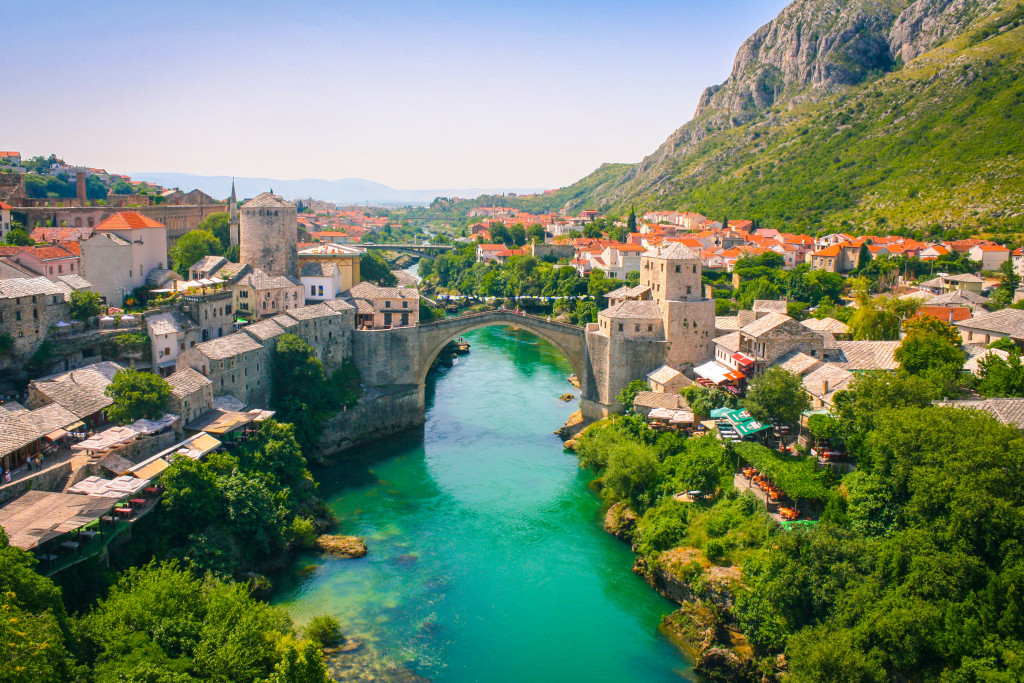
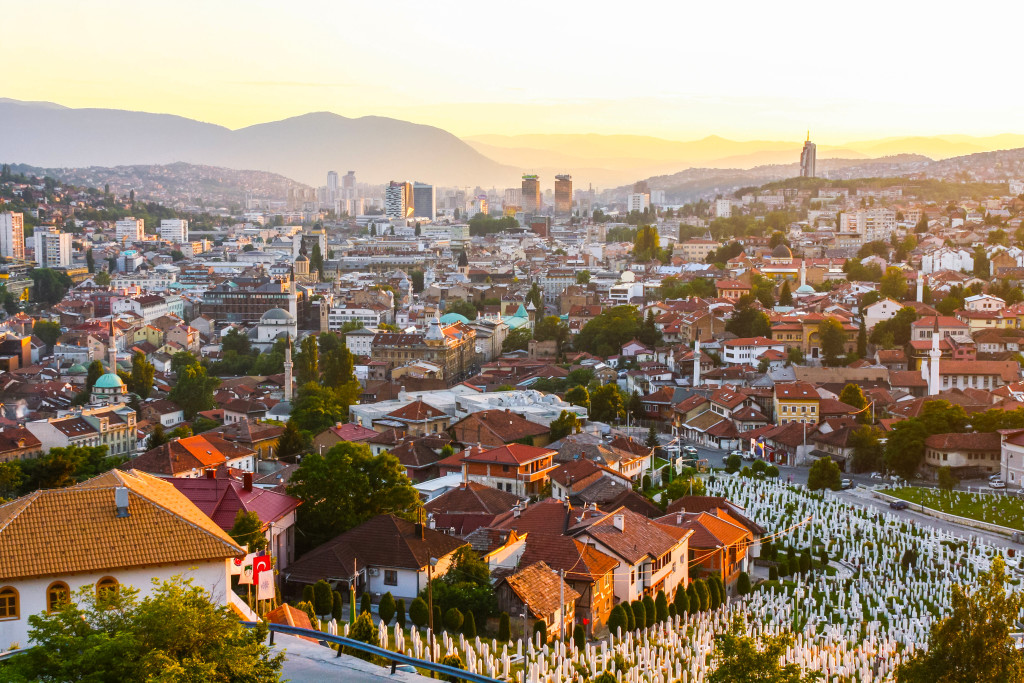
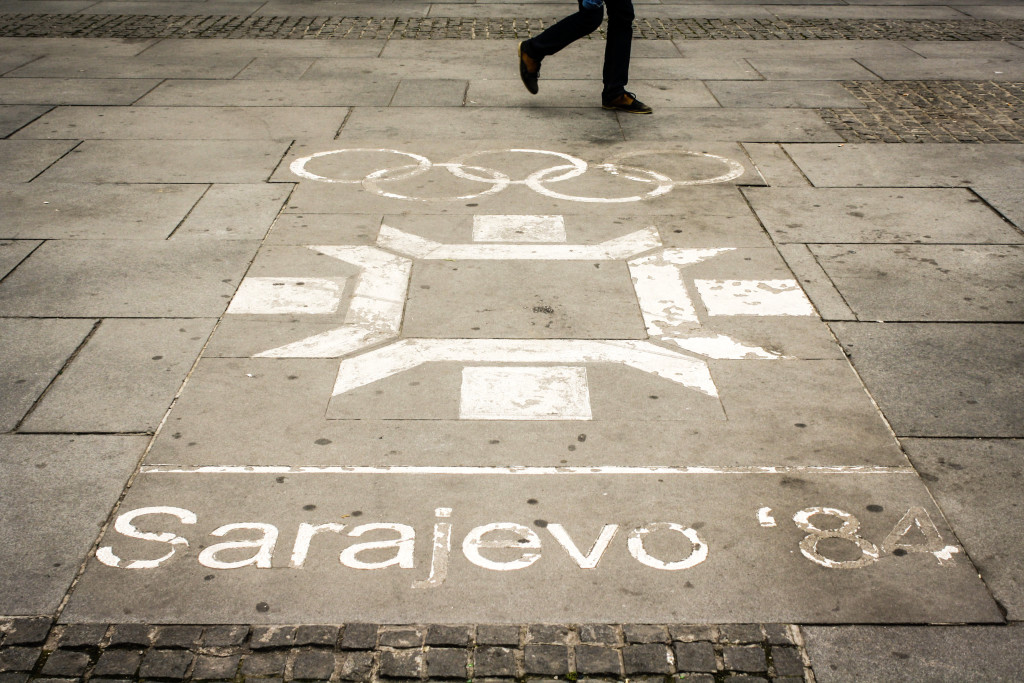


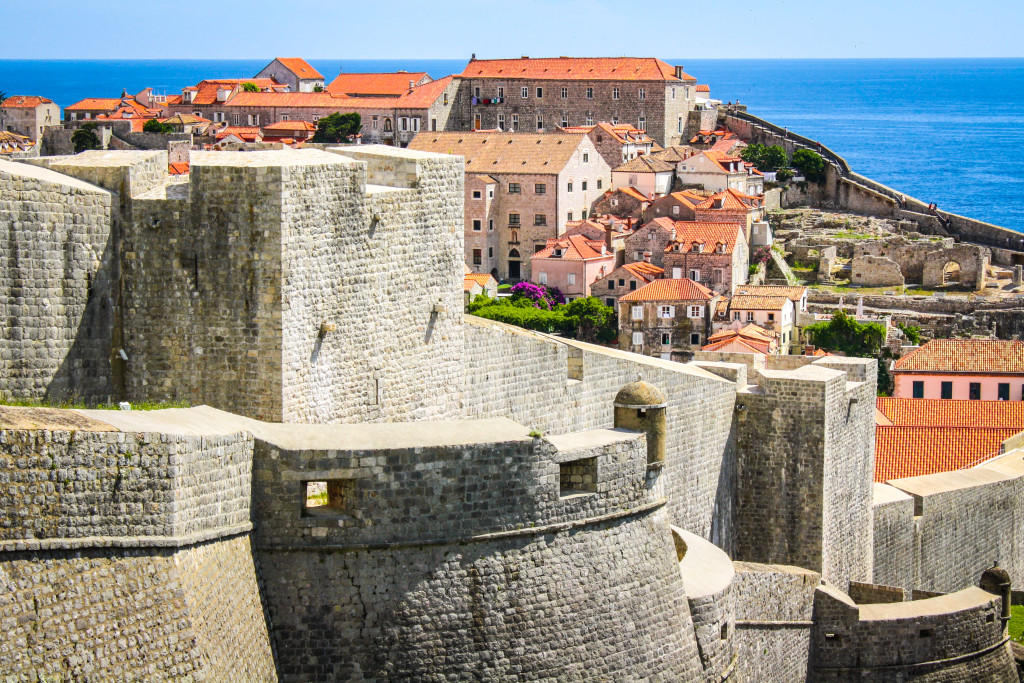
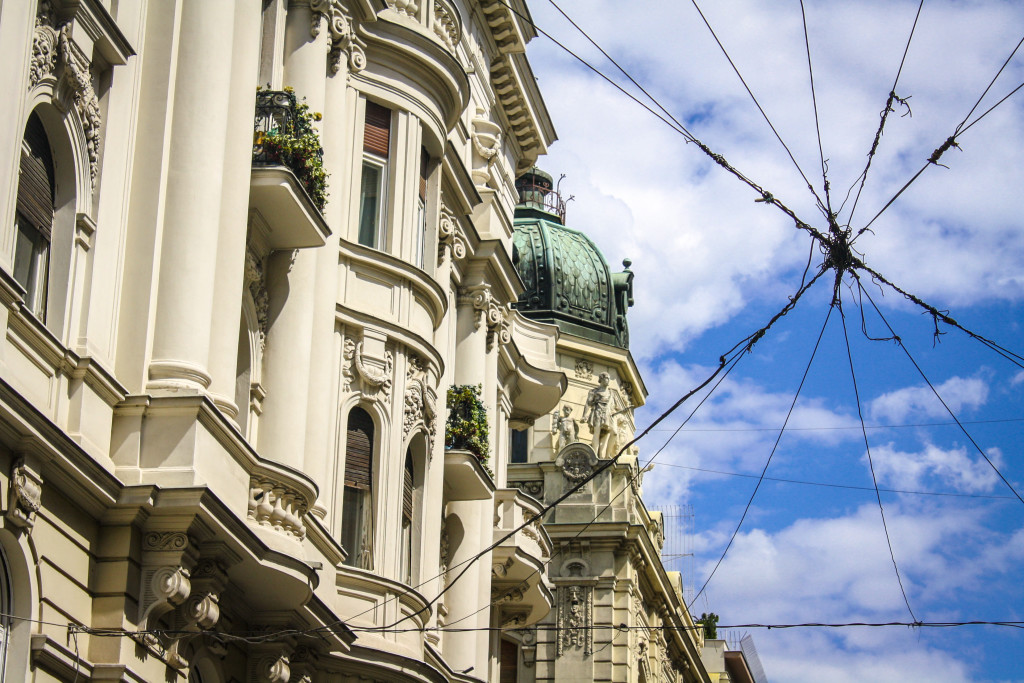
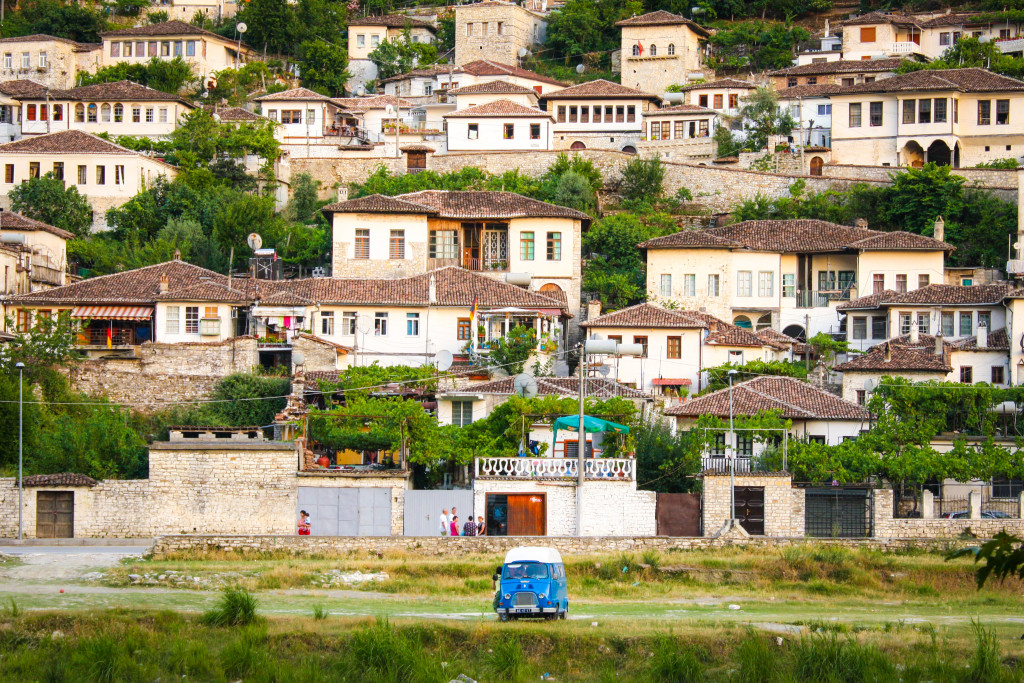
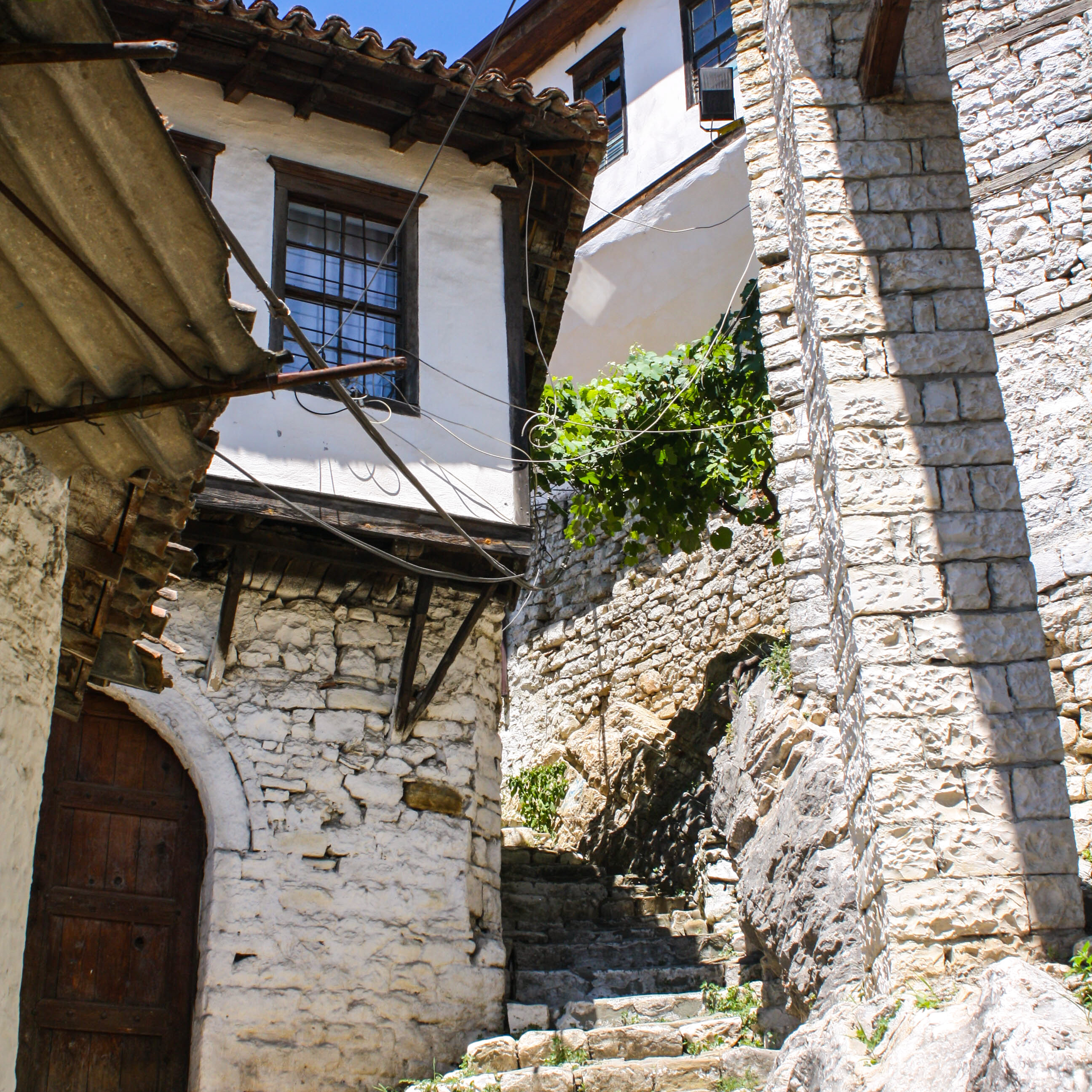
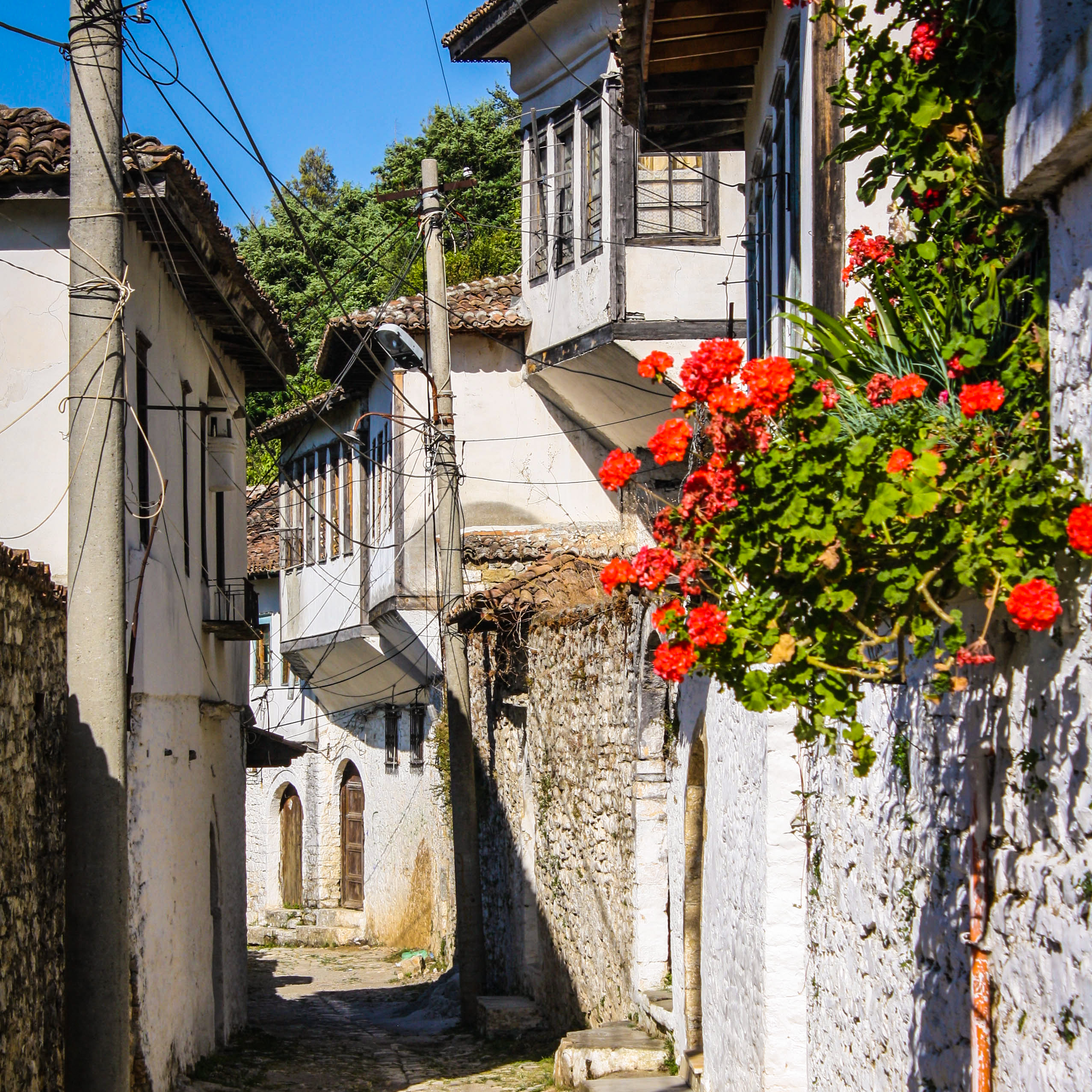
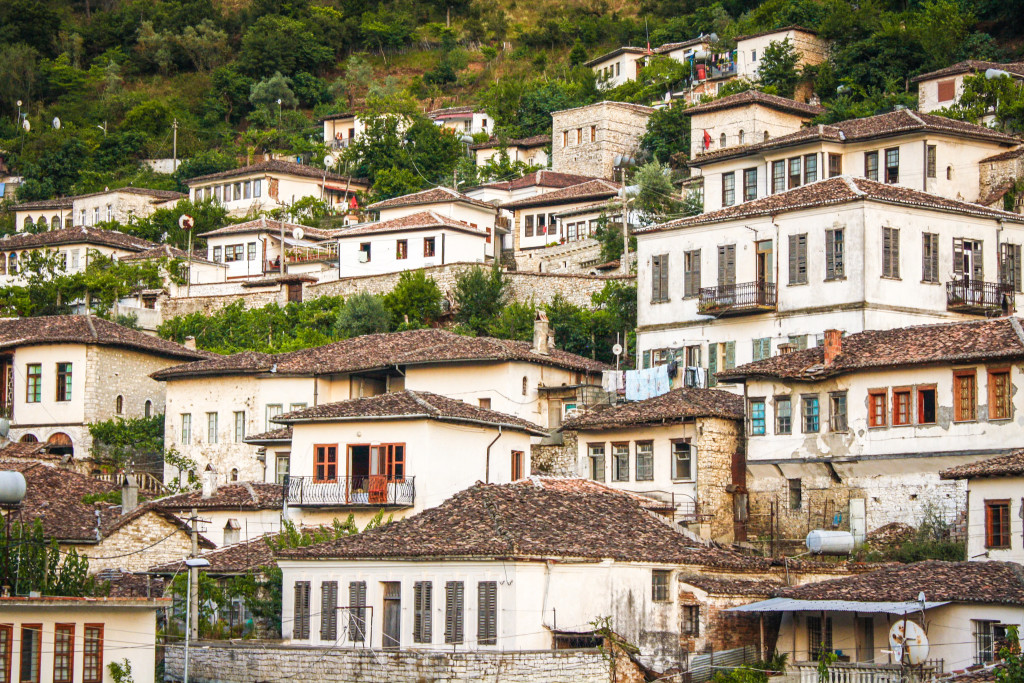
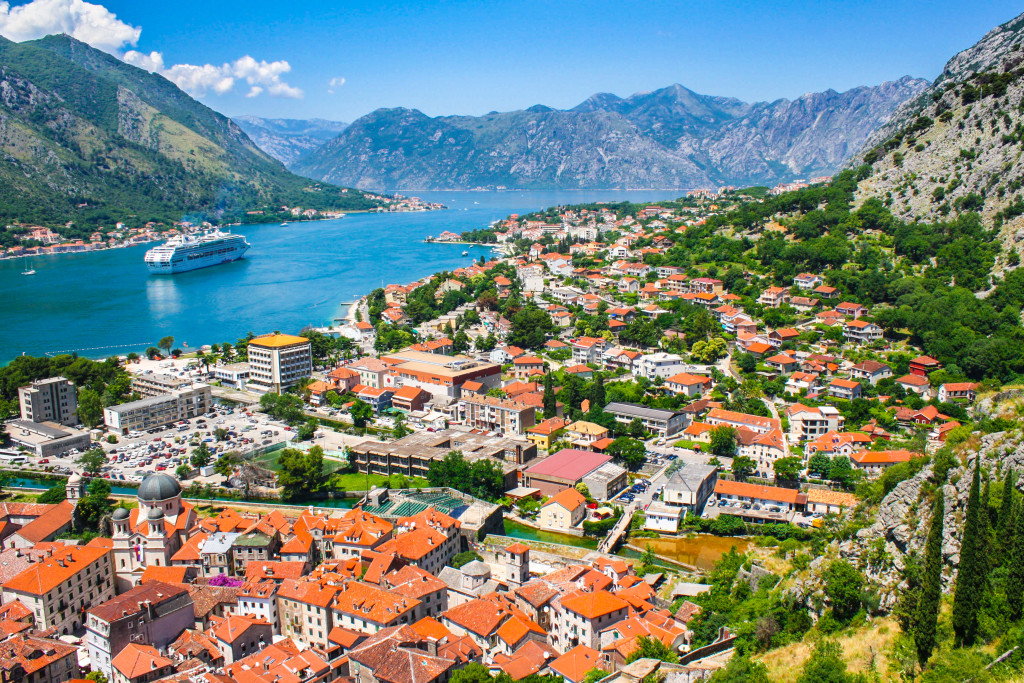
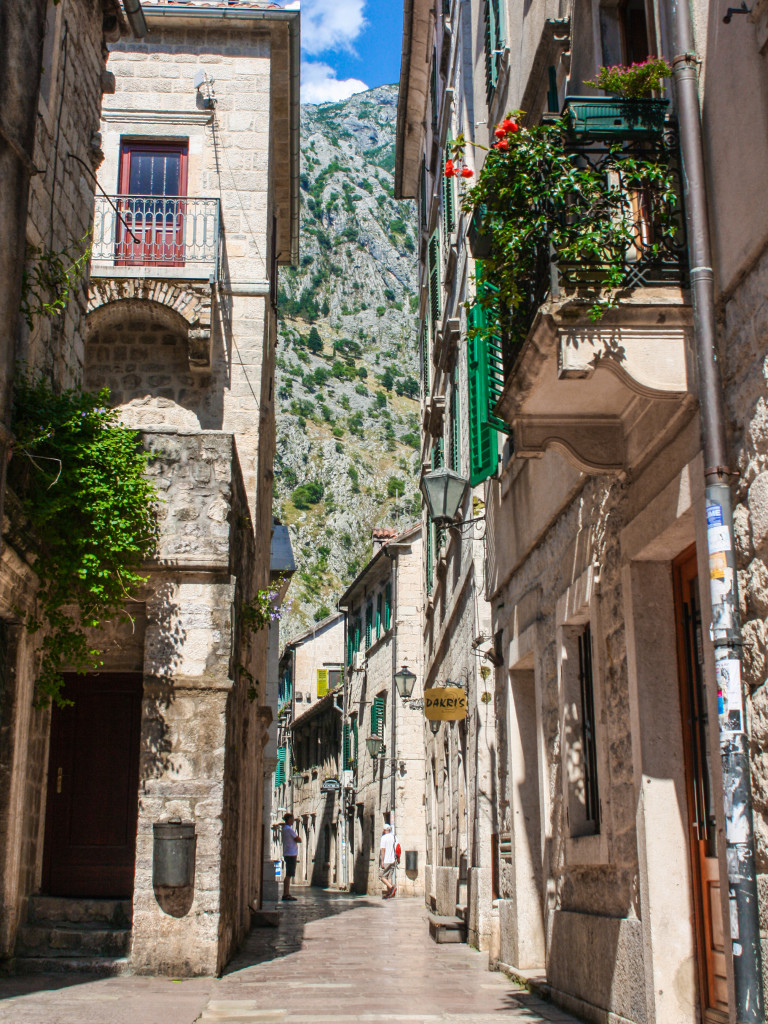

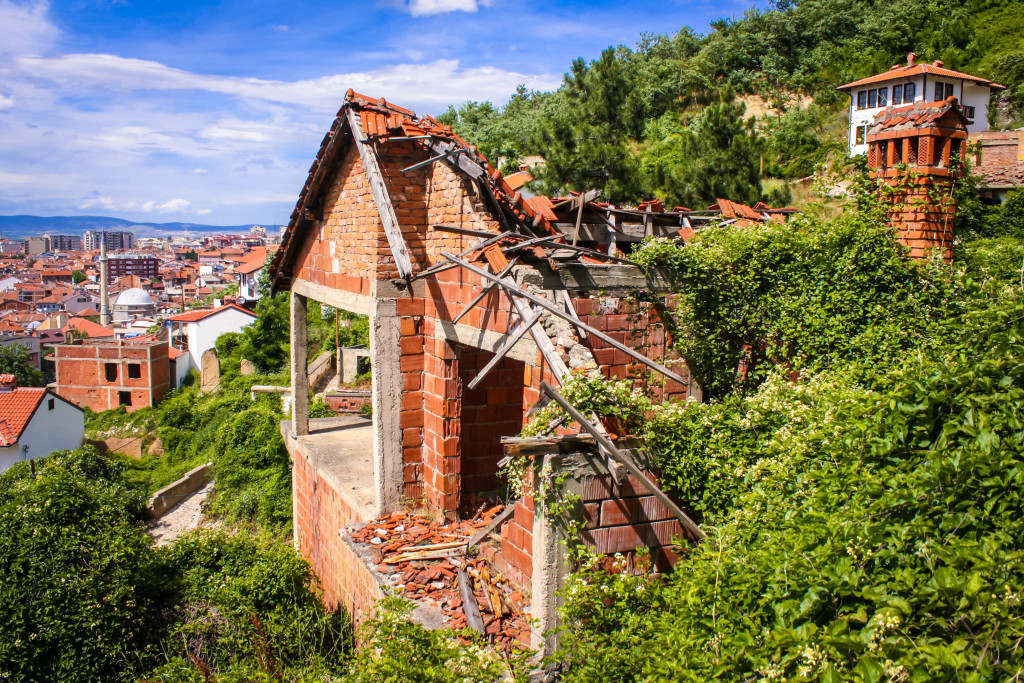
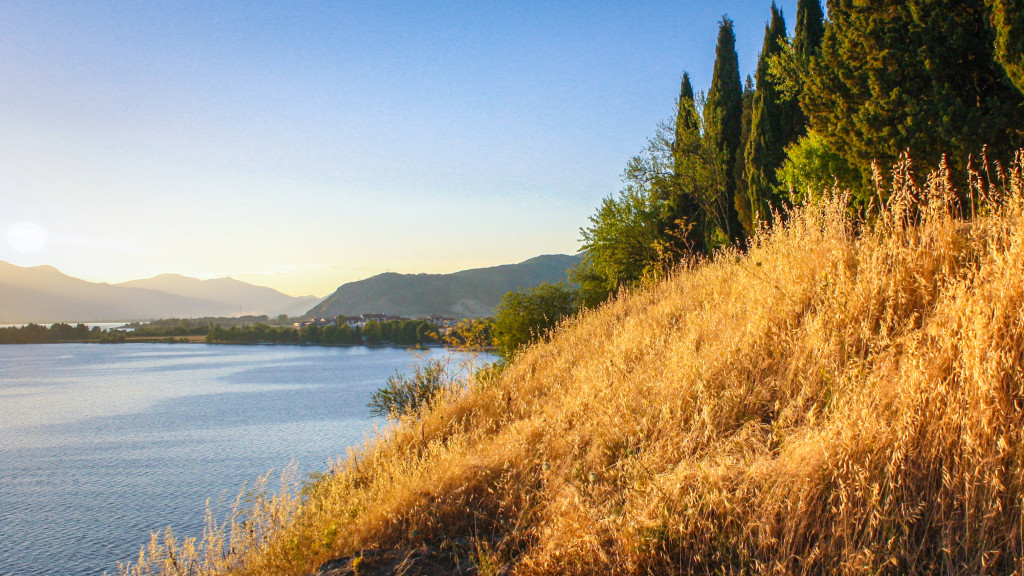
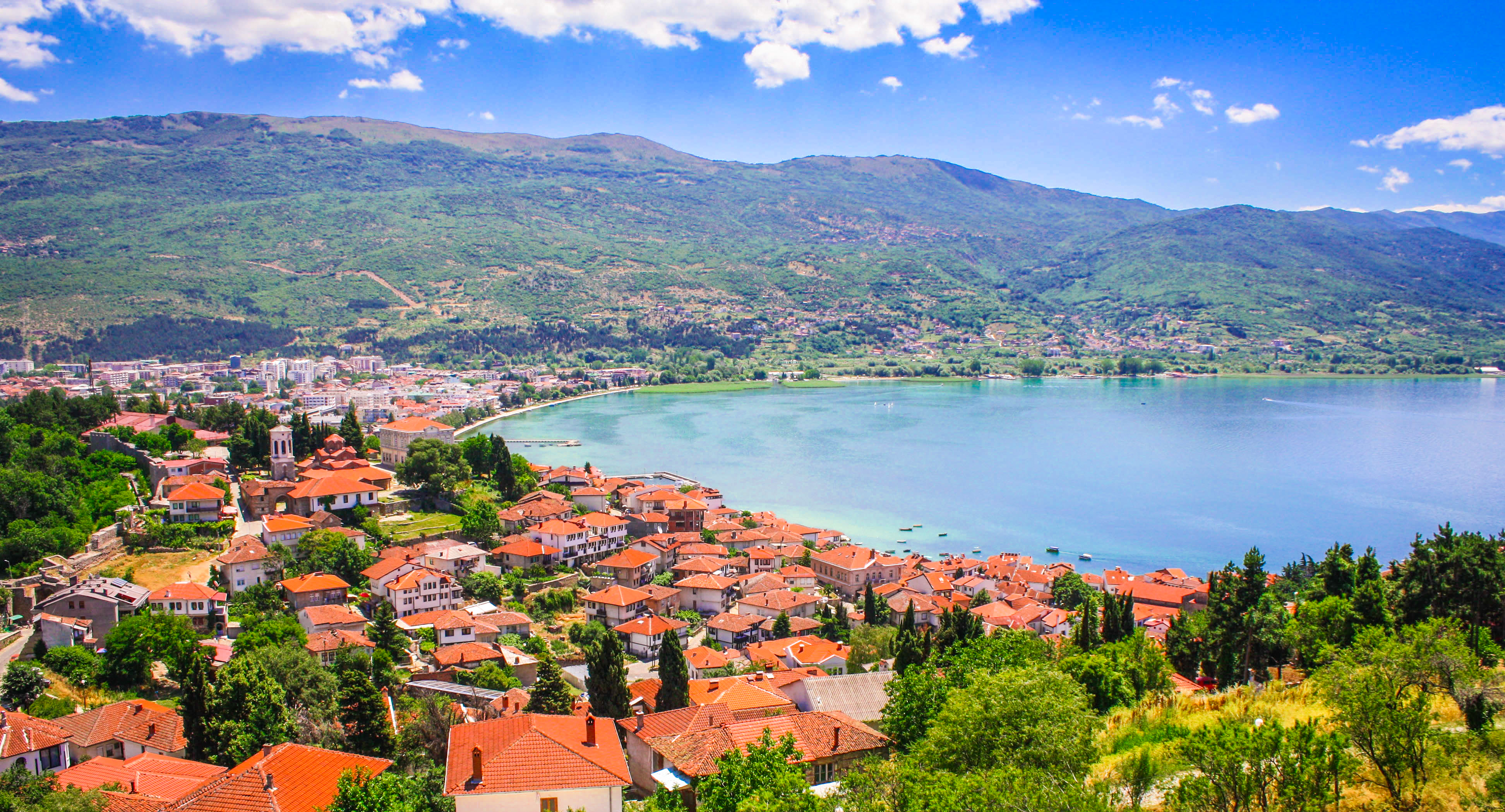
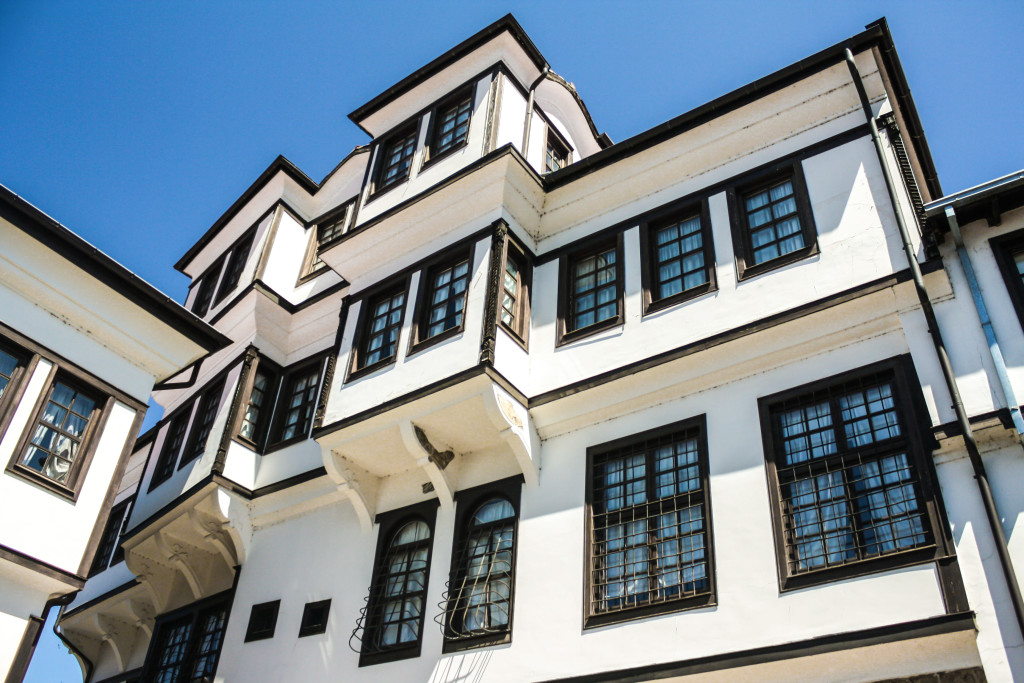
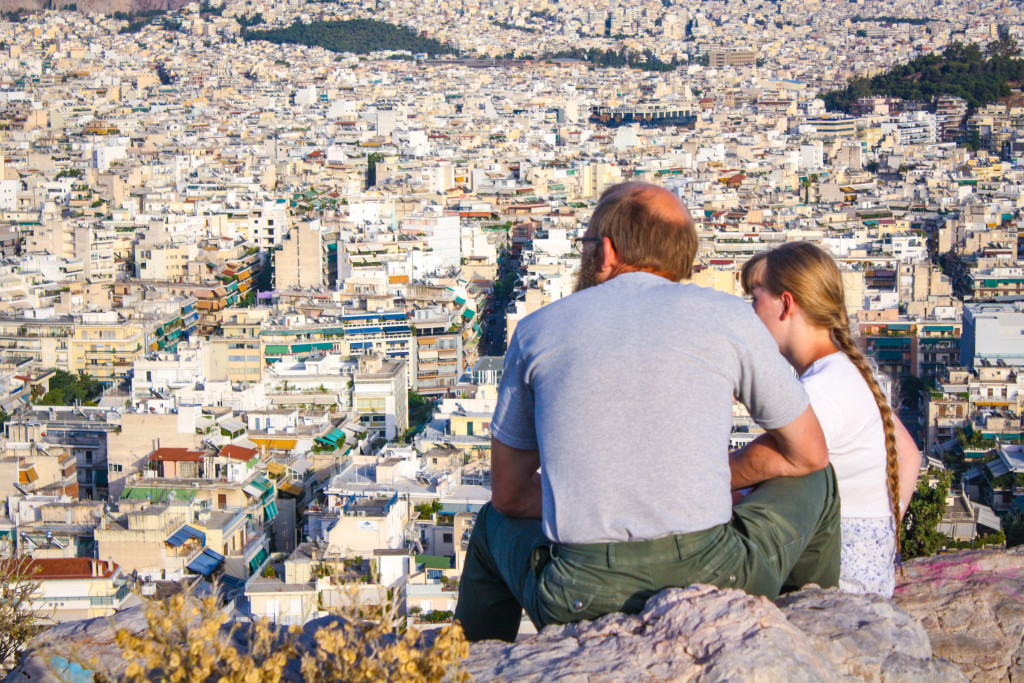
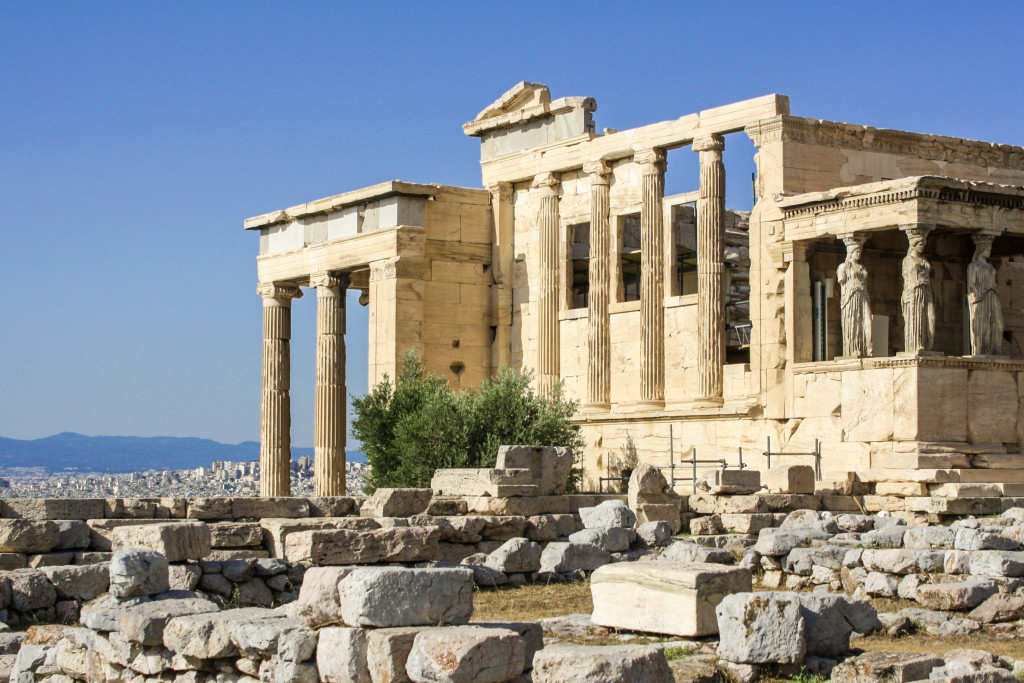
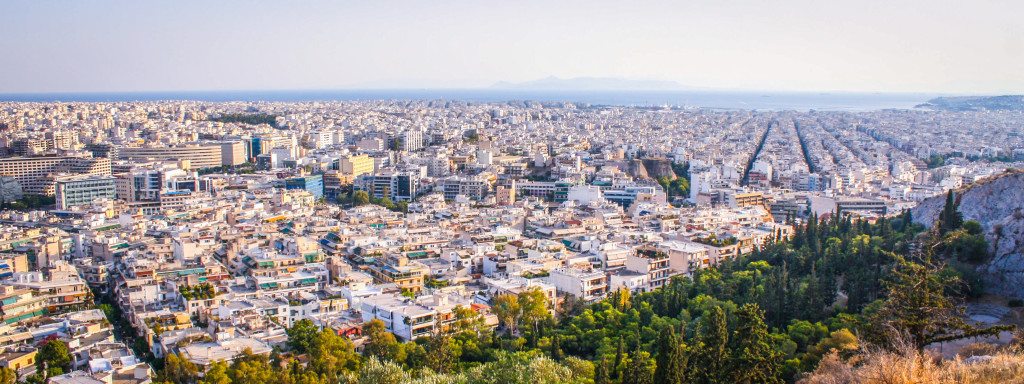
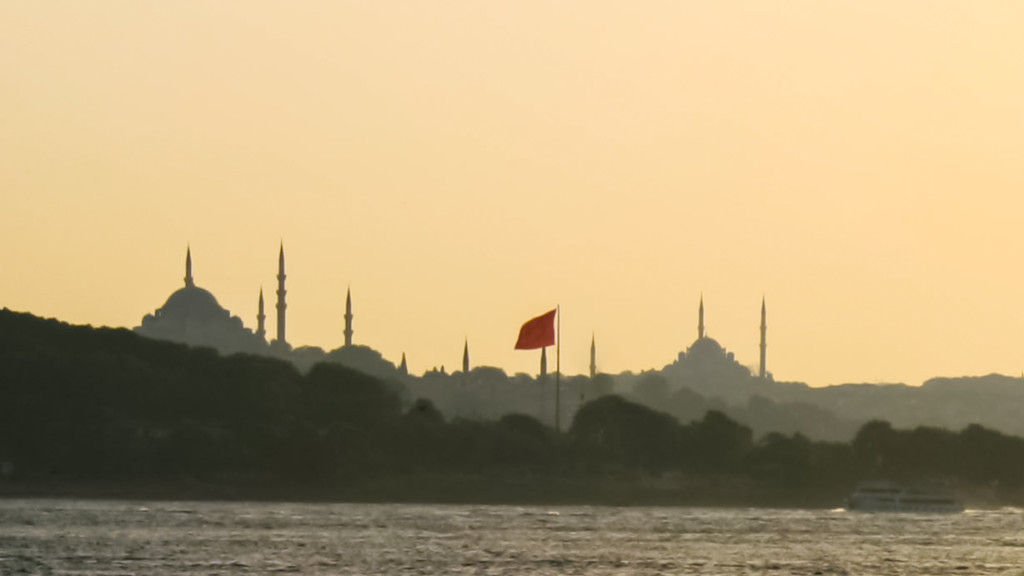
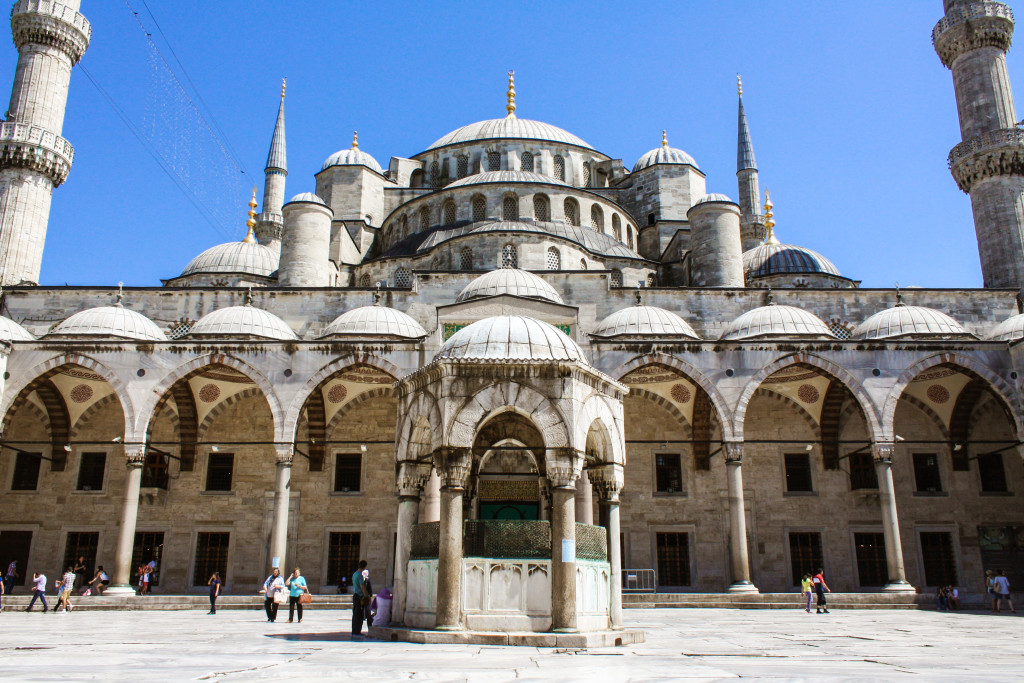
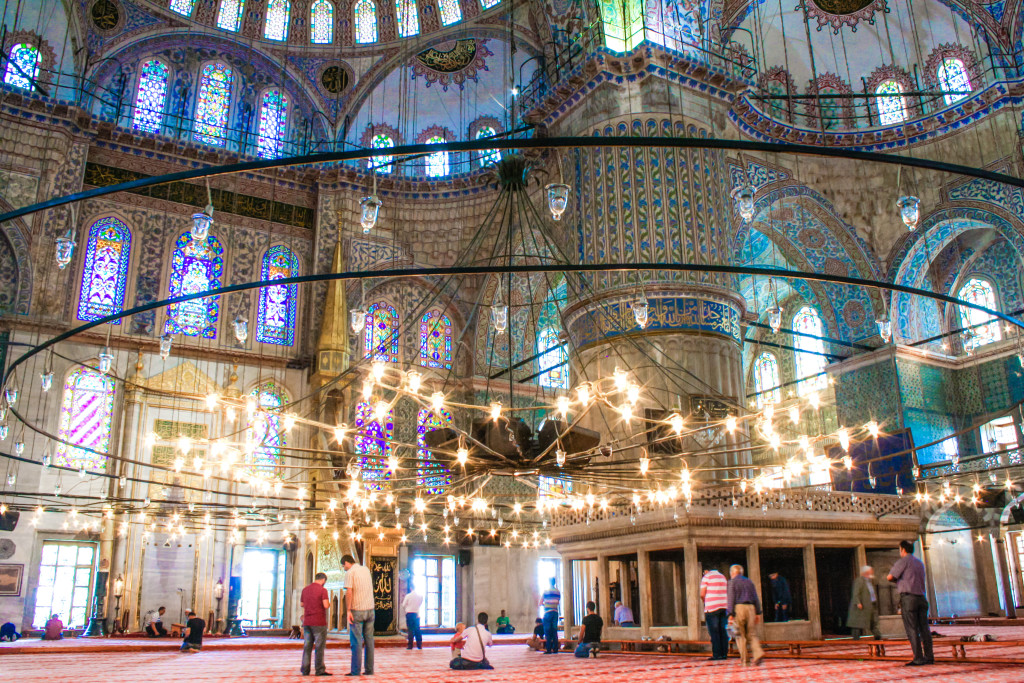

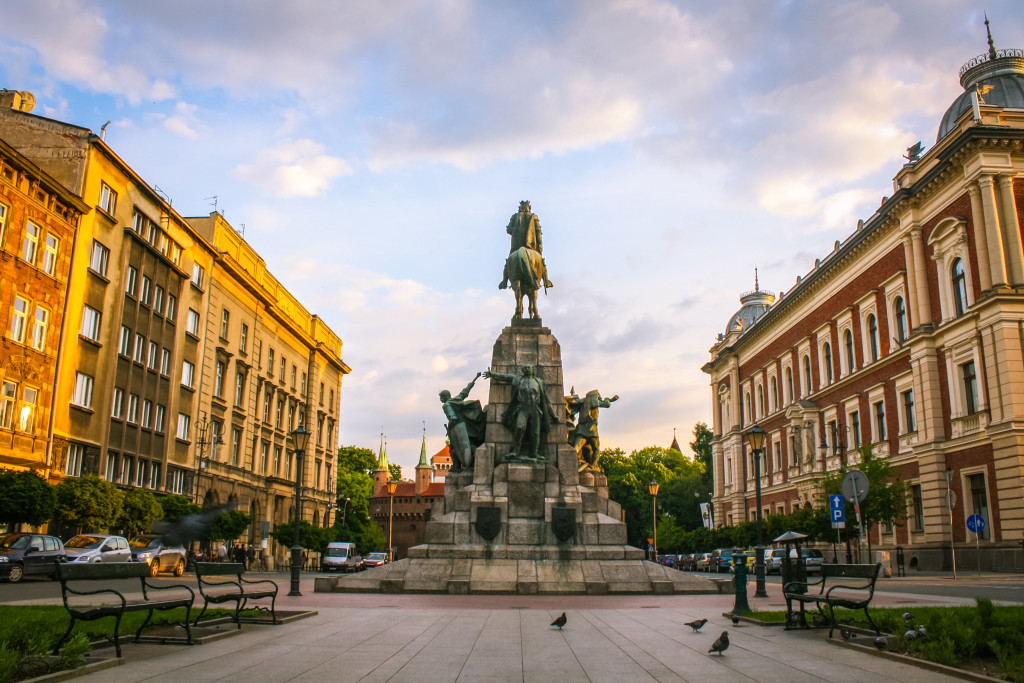
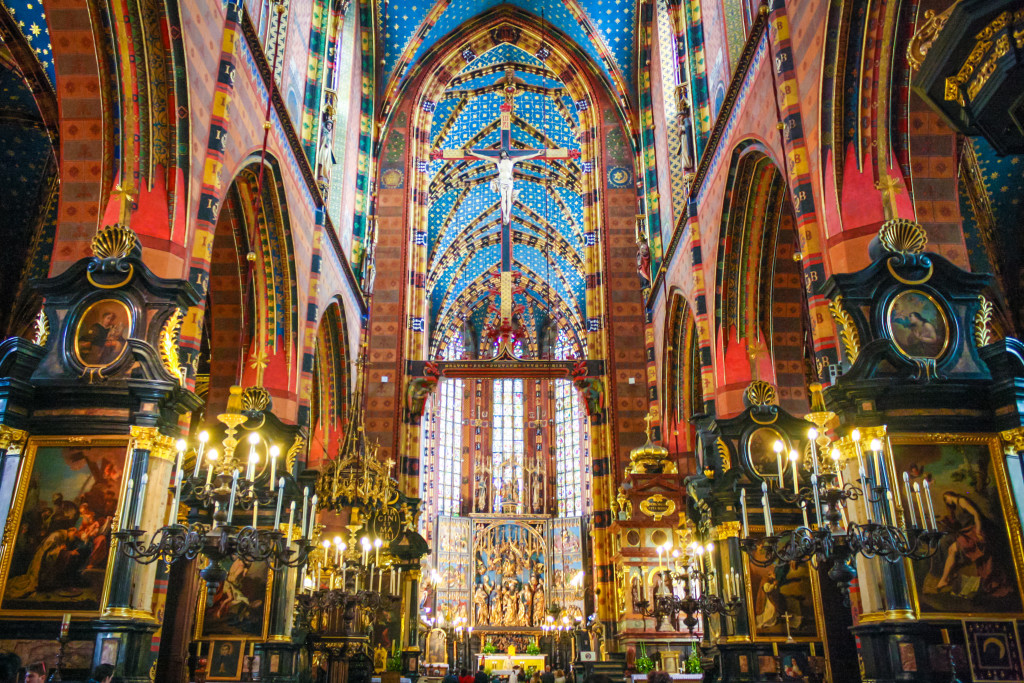
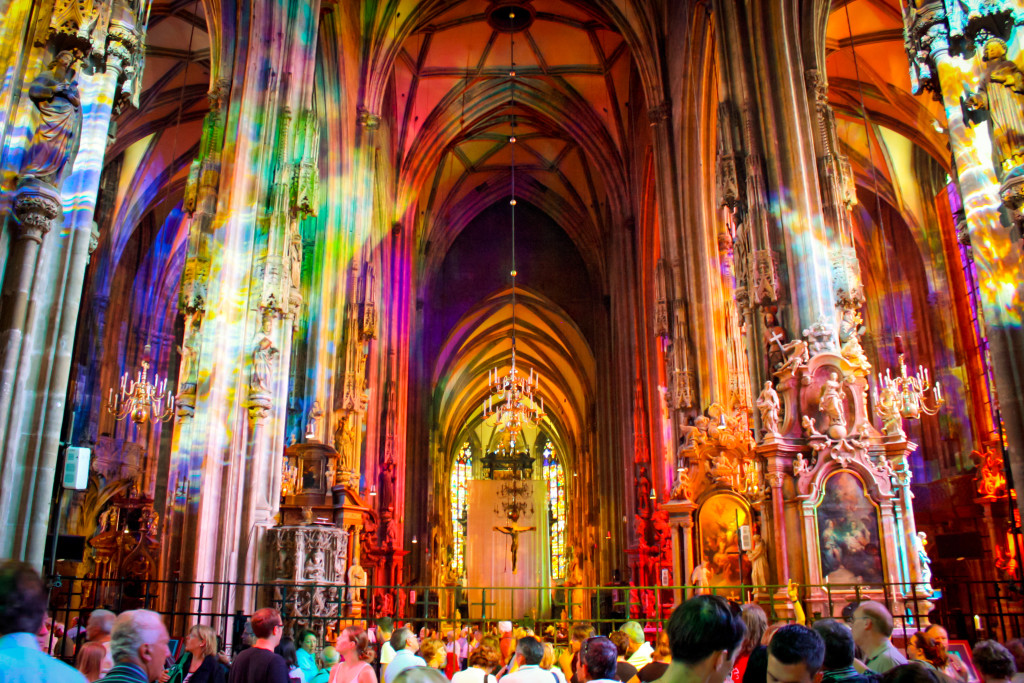

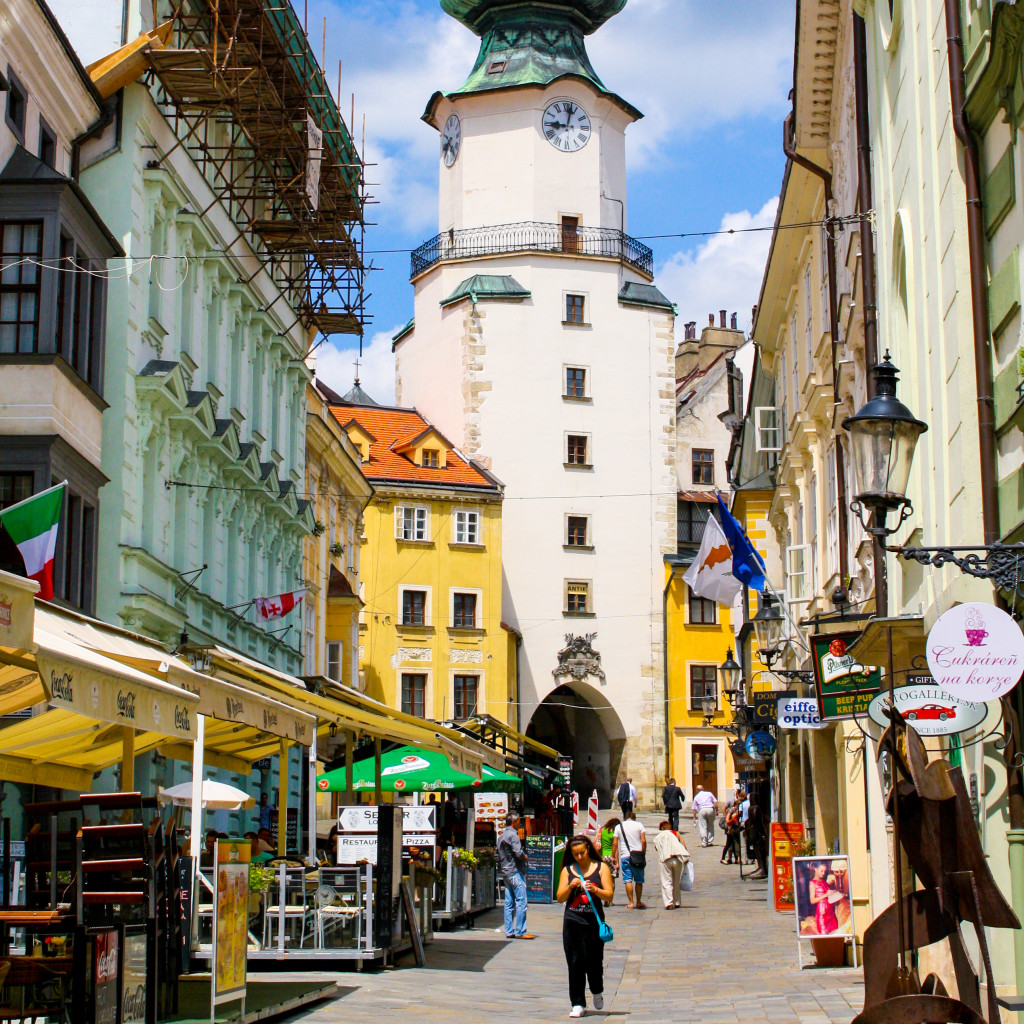
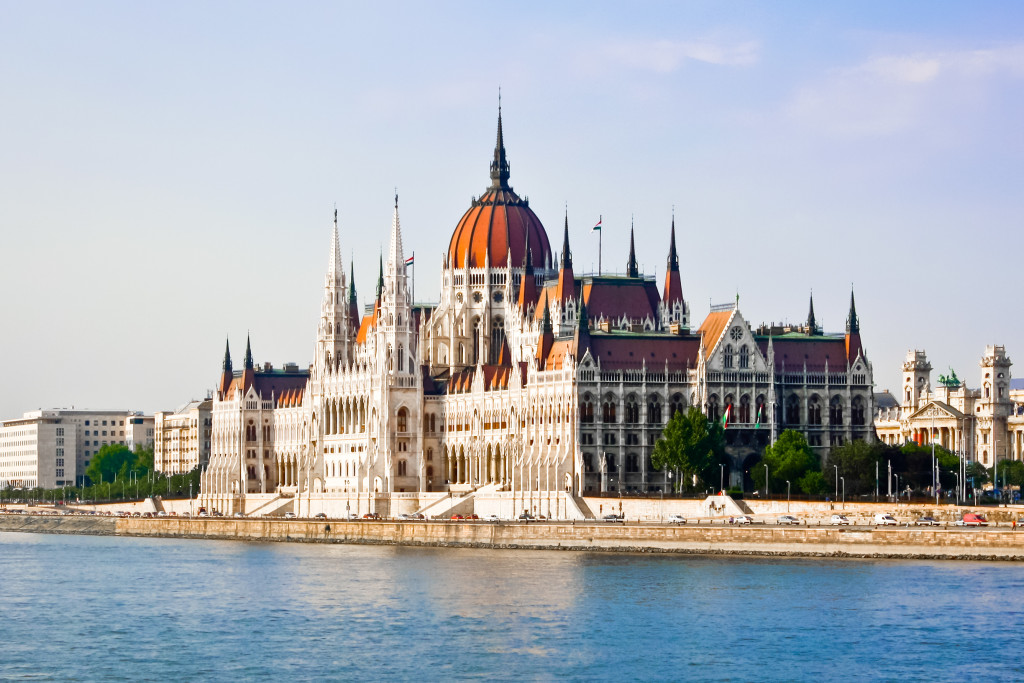
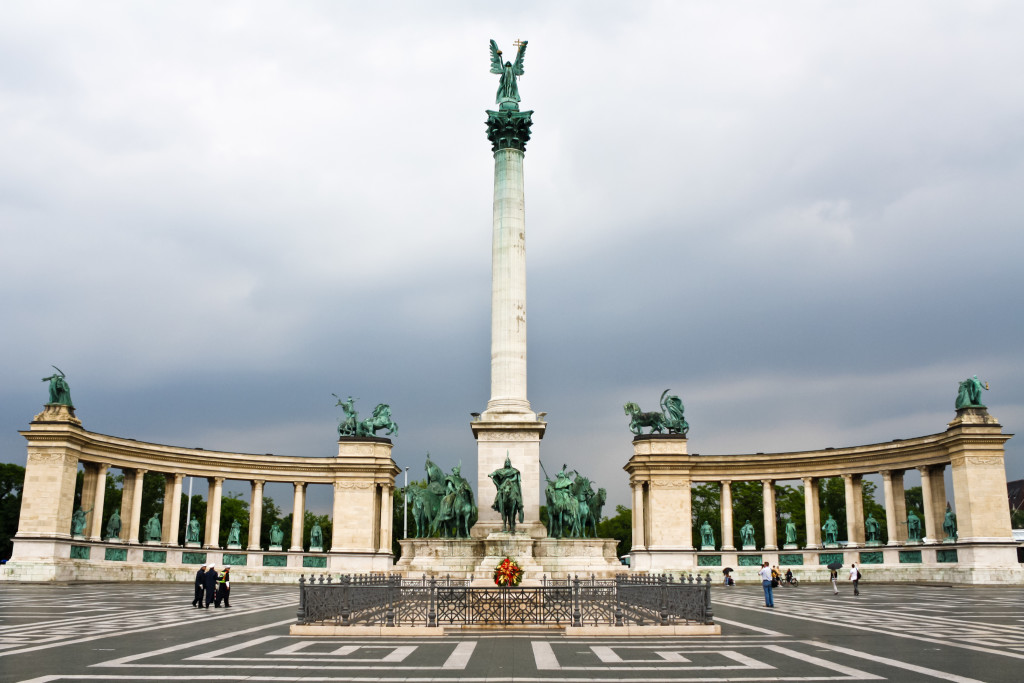

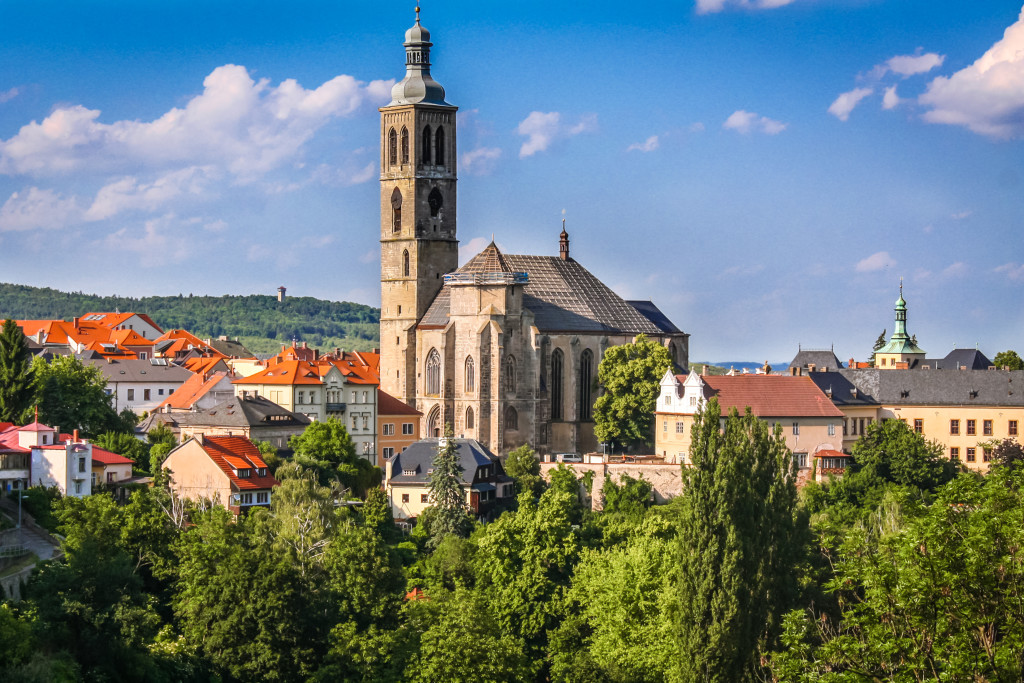
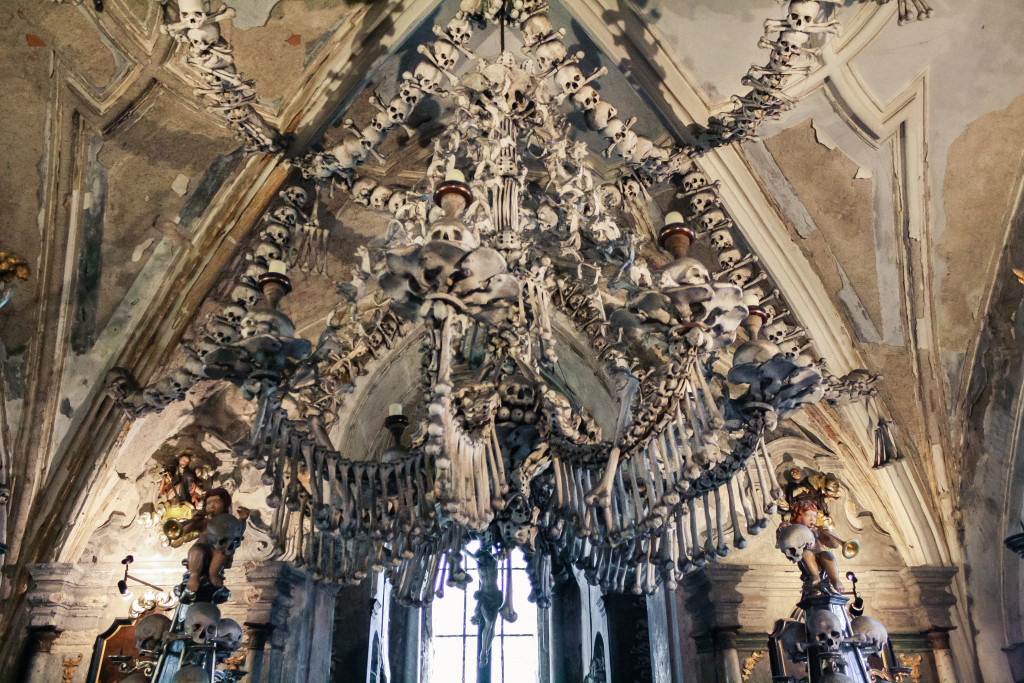

4 replies on “The Beautiful Cities of Eastern Europe”
Stunning photos and compelling text, Geoff. By the way, is Christopher Alexander still teaching at Berkeley? His writings have been a major influence on my wife (an architect and now painter, who makes abstracts from elevations and plan views of cities).
Thanks! Christopher Alexander lives in England now, but he’s still a Professor Emeritus at Berkeley.
Beautiful pictures! I haven’t been to some of the places and it’s inspiring me to visit. For your next trip I’m extending a heartfelt invitation to visit my native Bulgaria. It’s a country just as beautiful, with stunning mountains, fantastic old towns and awe-inspiring archeological sights – Thracian and Roman alike.
[…] From this photographer’s [collection of European cities] (http://geoffboeing.com/2015/07/beautiful-cities-of-eastern-europe/) […]